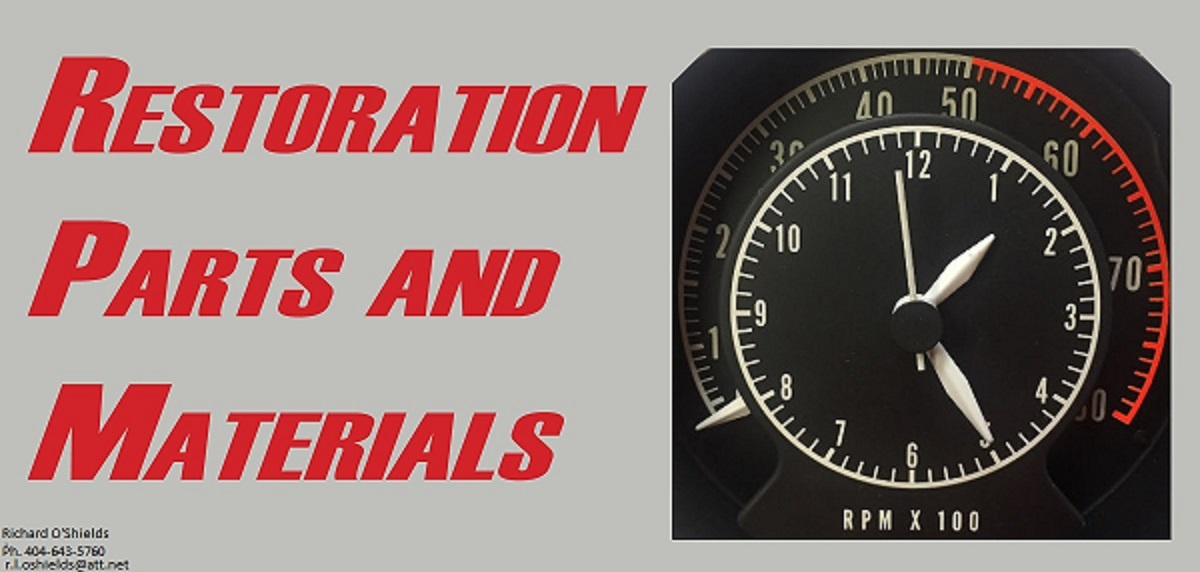Hi, I followed this discussion in October-November, to install a new ACC carpet in my 4-speed Challenger. I went with the updated advice above (separating water from the carpet makes sense) and screwed the shifter boot to the transmission hump direct. Previously, I installed dynamat over the entire floor.
I DID A VERSION OF DYNAMAT AS WELL.
I cut the carpet to fit fairly tight around the boot. I was surprised to find that the trim ring inner perimeter has a significant separation (about 1/4 in) from the base of the boot, so the carpet sticks out around the inner perimeter of the trim ring. This has given me some trouble. I am concerned about cutting it back while it is in place around the boot because I do not want to accidentally cut the boot.
Also, ACC glues carpet padding across the entire under surface of the front carpet so that it goes over the hump and across the footwells on both sides of the hump. The padding definitely interferes with making clean cuts in the carpet. I probably need to cut it back, at least around the boot.
YES, CUT BACK ANY PADDING SURROUNDING THE BOOT AND TUNNEL FLAT SURFACES.
Does anyone have any suggestions about trimming the carpet back under the upper trim ring without going too far? It is a bit nerve-wracking, trying to avoid destroying a $150 carpet. Should I take it out to do this? I have been using an X-acto knife and an ancient pair of sharp scissors, but I do not have specific carpet shears.
I USED THE HOOK BLADES FOR MY QUICK CHANGE UTILITY KNIFE. HOOK BLADES LINK STANLEY QUICK-CHANGE UTILITY KNIFE
Also, this is not the more expensive ACC carpet that comes with a thick backing and is more molded, as I already had dynamat. The shape of the transmission hump-floor transition on the driver side is much more complex than the passenger side. I have been using weights of various kinds to pre-shape the carpet for weeks, per advice elsewhere on the forum, but so far what I have done in that area has not helped too much. I plan to put a heat lamp on it once I get the carpet in place over the boot, but I would welcome any suggestions here. It looks like the original carpet was tight everywhere based on pictures and my spotty memory.
I USED DOUBLE-SIDED CARPET TAPE TO SECURE THE CARPET IN CERTAIN AREAS TO KEEP IT IN SMOOTH CONTACT WITH THE TUNNEL HUMP. I ALSO USED THIS TAPE AT THE VERTICAL AREAS GOING UP UNDER THE REAR SEAT. VERY USEFUL IN ANY AREA YOU NEED TO "PULL" THE CARPET DOWN IN CONTACT WITH THE FLOORPAN. CARPET TAPE LINK
Thanks!




















